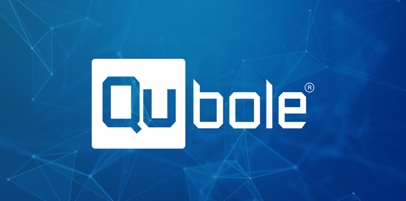Technology is a non-stop rollercoaster ride of innovation, with devices becoming increasingly faster and smarter. Computers infused with artificial intelligence systems are now able to analyze more data, recognize patterns and make decisions in real time like never before. This presents a number of new opportunities for many industries. Improved analytics and decision-making abilities allow computers to outpace humans in many areas, such as medical diagnoses, legal recognition, and customized advertising campaigns.
The era of big data has furthered the capabilities of computer analysis. Marketers and advertisers now have massive amounts of customer information at their fingertips. Using big data analytics allows marketers to gain deeper insights and create more detailed models to improve their marketing strategies. Big data is now an important tool for helping shape ideas and make smarter, more informed decisions.
Big data has also had a profound impact on the digital advertising industry. There are a wide variety of devices and greater ranges of connectivity, giving advertisers not only more information to use but more mediums in which to share their messages. Here are just a few ways organizations can make use of big data to improve their digital advertising efforts:
Audience Profiles
Market segmentation has been a key advertising strategy for quite some time. Advertisers quickly learned that by dividing a market into separate groups of consumers who share common characteristics, they’d be able to craft more specific messaging. Big data has ushered in an era of segmentation 2.0. The wealth of information we now have on consumers and their preferences allows marketers to be more granular in their segmentation.
The digital age has played a major role in providing access to this type of information. For example, organizations can collect web histories and use cookies and other forms of anonymous tracking to better understand viewing habits. This allows them to understand which demographics prefer which sites, and how they get there. Companies can learn which ads are driving traffic to their sites, or if social media efforts are leading to conversion. This data can then be used to create different profiles or segments, and understand which means are the most effective to reach them.
Tailored Advertising
The creation of micro-segments allows advertisers to create more tailored and targeted content, offers, products, and services. The more direct and customized an approach is, the more likely it is to deliver substantial returns. Marketers can use big data to segment their audiences and build a digital advertising campaign that focuses on each one. Taking things a step further, not only are companies looking to get the right message, they want to deliver it in the most useful way. Earlier we mentioned the importance of tracking how people are accessing information. Understanding which devices people prefer to use, like smartphones, tablets, or laptops, will allow businesses to optimize content for them and increase conversion rates.
Hyperlocal Advertising And Geo-Targeting
Not only does the marriage of the digital age and big data allow for tailored ads based on people’s likes and interests, but it also allows advertisers to target audiences in specific areas. The prevalence of mobile devices has increased connectivity. GPS monitors and location services mean we’re almost always on the grid, and digital advertisers can push mobile-specific ads right to us at the optimal time.
It may seem a little like a big brother, but if you’re walking into a Walmart or Target, theoretically, these companies could recognize your location and send you promotions and offers right through your phone the moment you get near the store. This is known as Geo-targeting. Hyperlocal advertising increases customer engagement and conversion rates, as demonstrated by Ikea’s venture of pairing Geo-targeting with Facebook ads.
While these examples are specific to digital advertising, big data analytics has applications in every industry that can help analysts and company leaders make smarter decisions and stay innovative in a rapidly changing market.
With the flexibility of having Hadoop, Presto, Spark, and other Big Data clusters as a fully managed service, Qubole makes using big data for digital advertising powerful and easy. Get the advertising case study.




